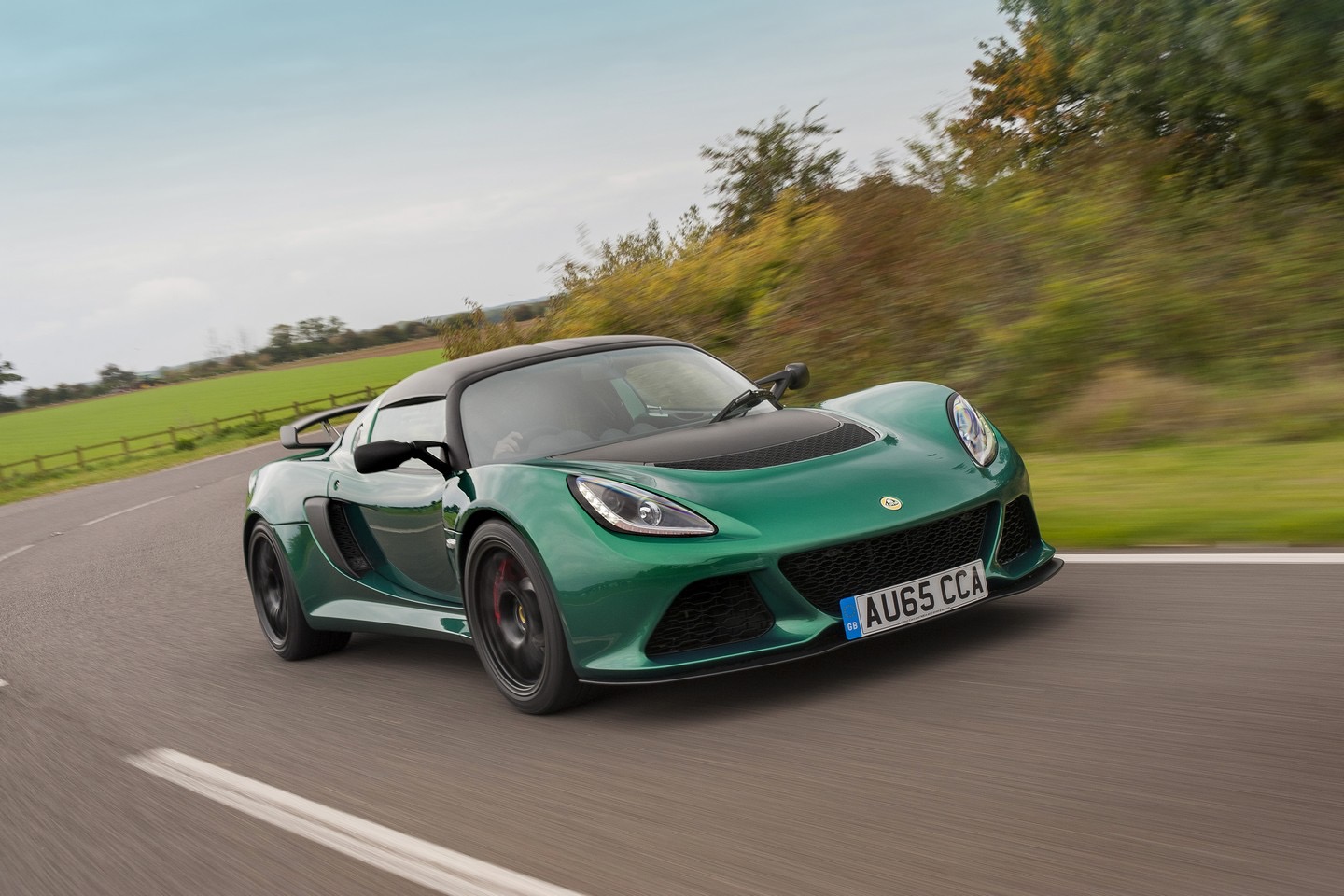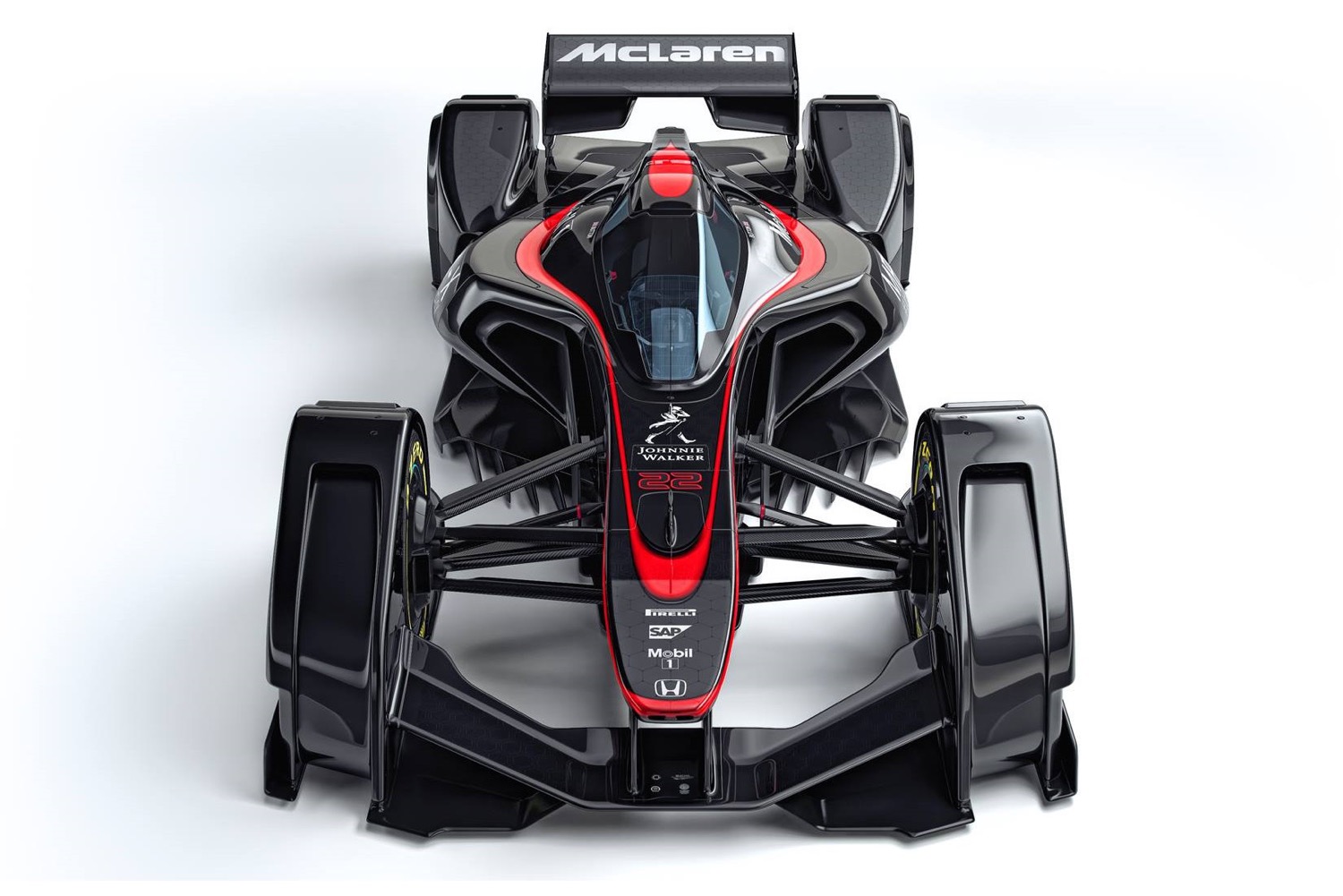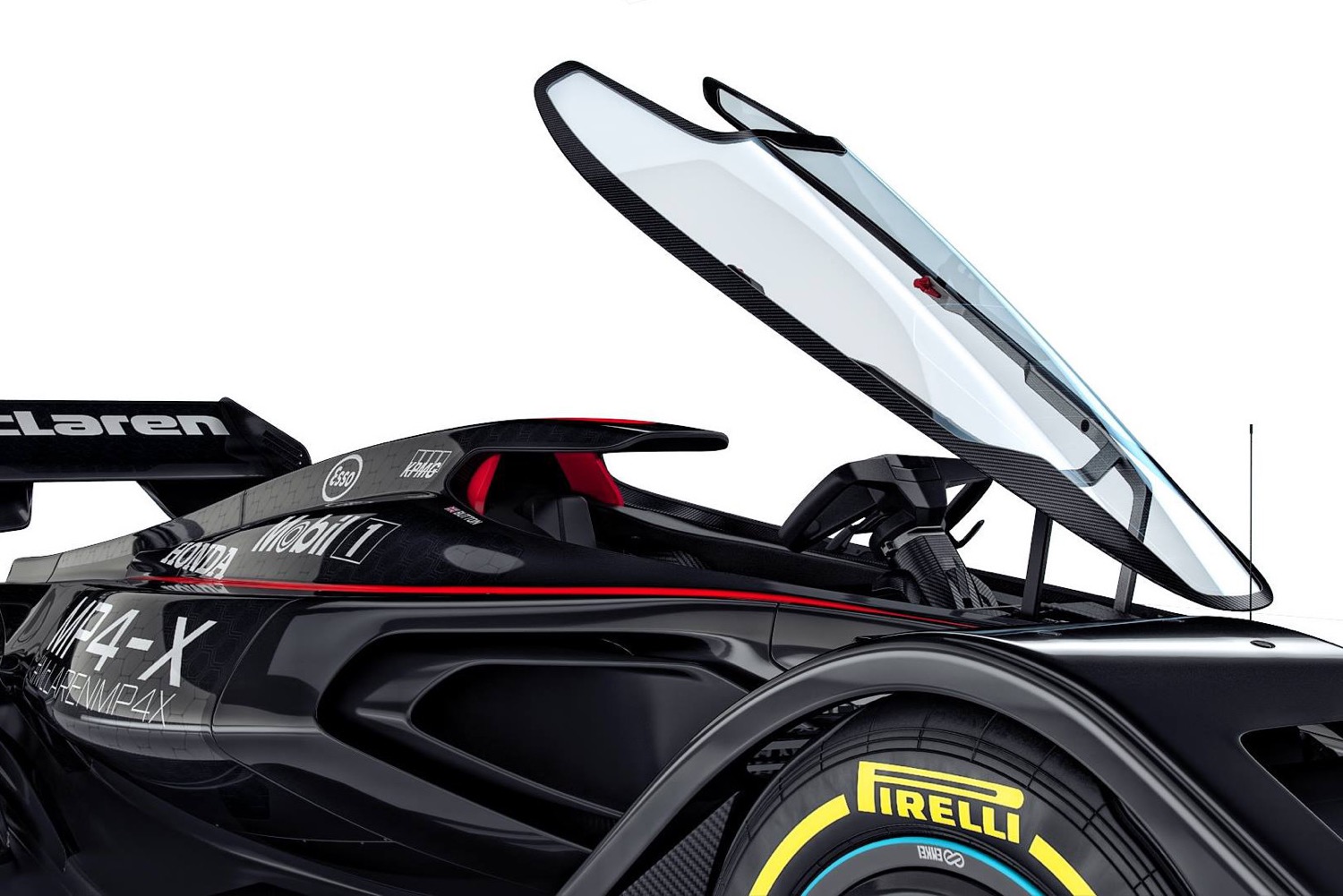The McLaren MP4-X concept was designed as a “conceptual vision of for the future of motorsport technology,” according to the British firm. It looks like the love child of a current Formula One car, and the Batmobile.
The shape is much more streamlined than today’s F1 cars, with fully enclosed wheels and fewer of aerodynamic aids sticking out of the body. It also features a closed cockpit, something that’s actually being considered for use in future F1 racers. Formula One cars traditionally have open cockpits, but the deaths of driver Jules Bianchi and IndyCar driver Justin Wilson have led some to advocate a switch.
Beneath that jet fighter-like canopy, the cockpit is equipped with a head-up display that shows information like the positions of rival cars, flag and caution information, and the location of accidents. A 360-degree camera system helps eliminate blindspots.
The MP4-X even features technology that monitors electrical signals from the driver’s brain, and can use them to control certain functions. Anyone who’s seen the bizarre array of buttons and switches on an F1 steering wheel knows that some simplification of controls is probably a good idea. But, really, thought control?
Another nifty feature is the shape-shifting bodywork. Electrodes can shift pieces around under different conditions, helping to maximize downforce for grip in corners, or to cut drag for overtaking. As for the powertrain, McLaren says it uses a more extreme versions of the energy-recovery systems (ERS) used in today’s F1 cars. The MP4-X can harness solar energy, or draw energy from an inductive coupling built into the track.
While purely a concept, McLaren says all of the technologies highlighted in the MP4-X really exist, although they haven’t been fully developed. Maybe we’ll see some of them appear on the grid in the coming decades.










